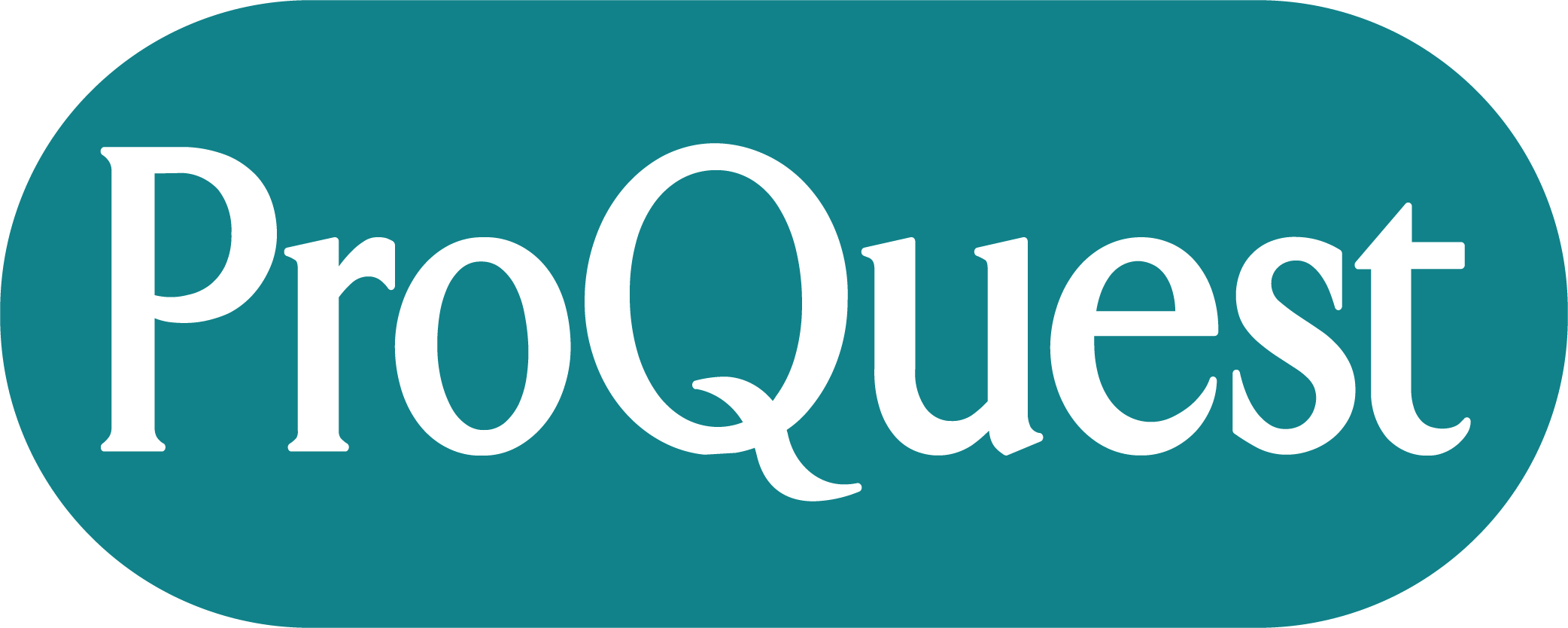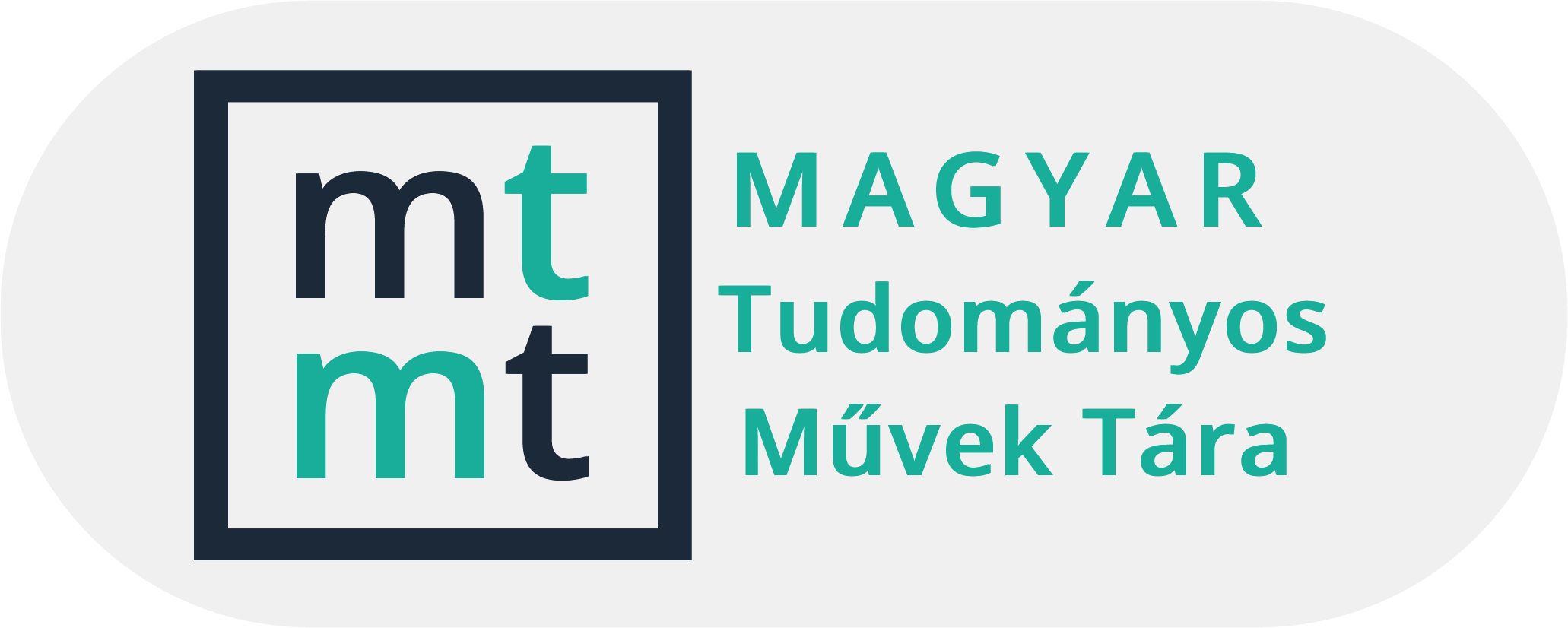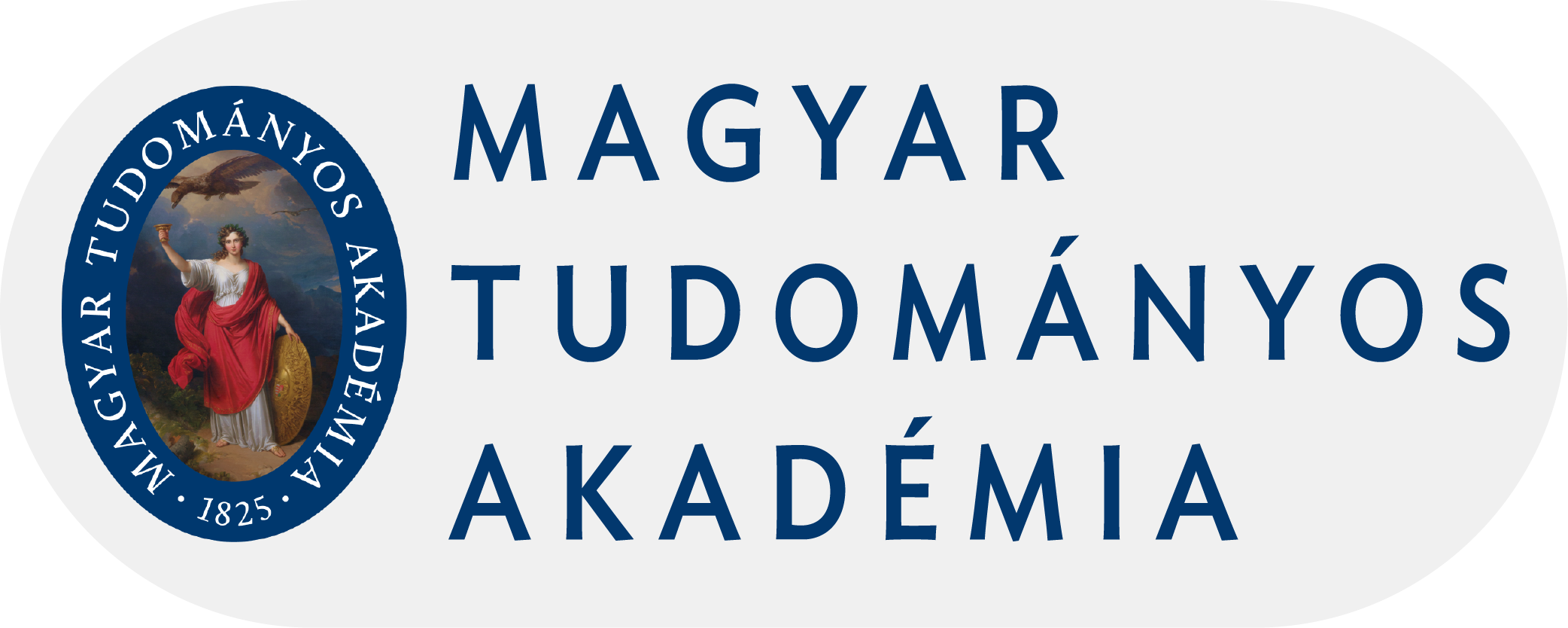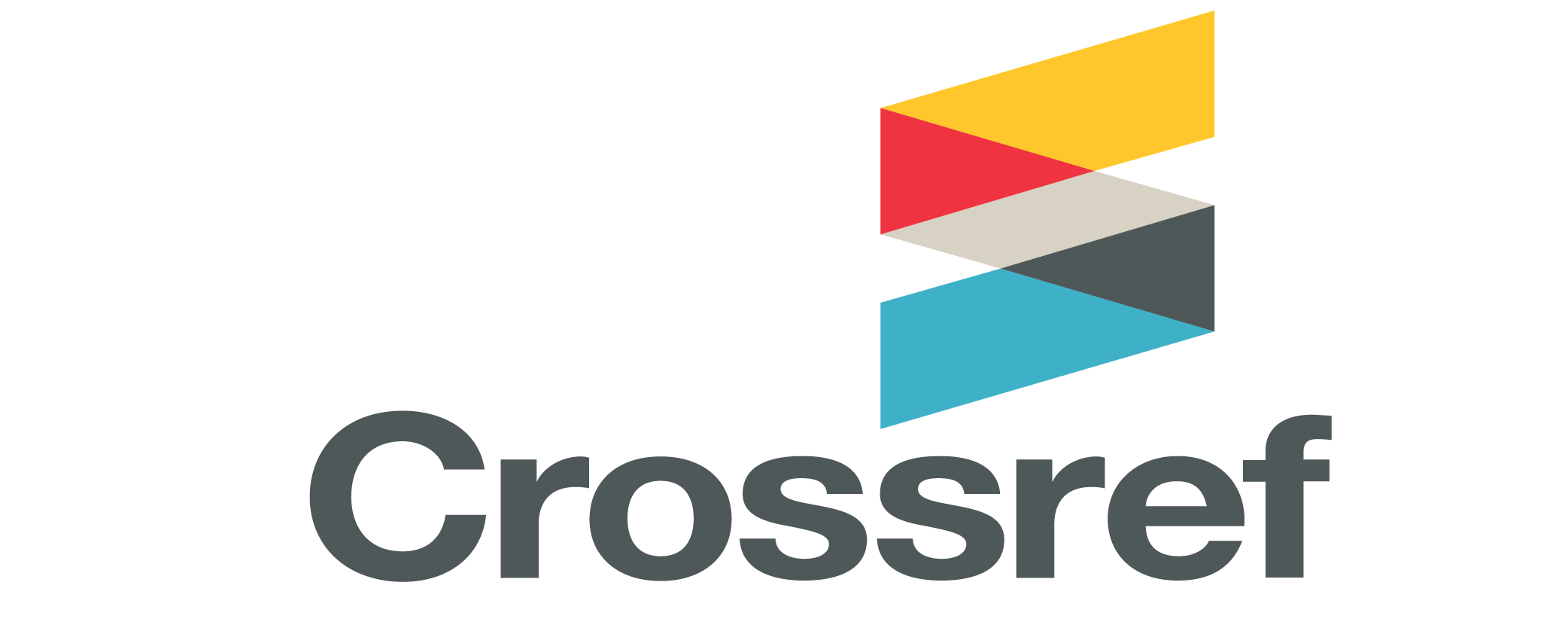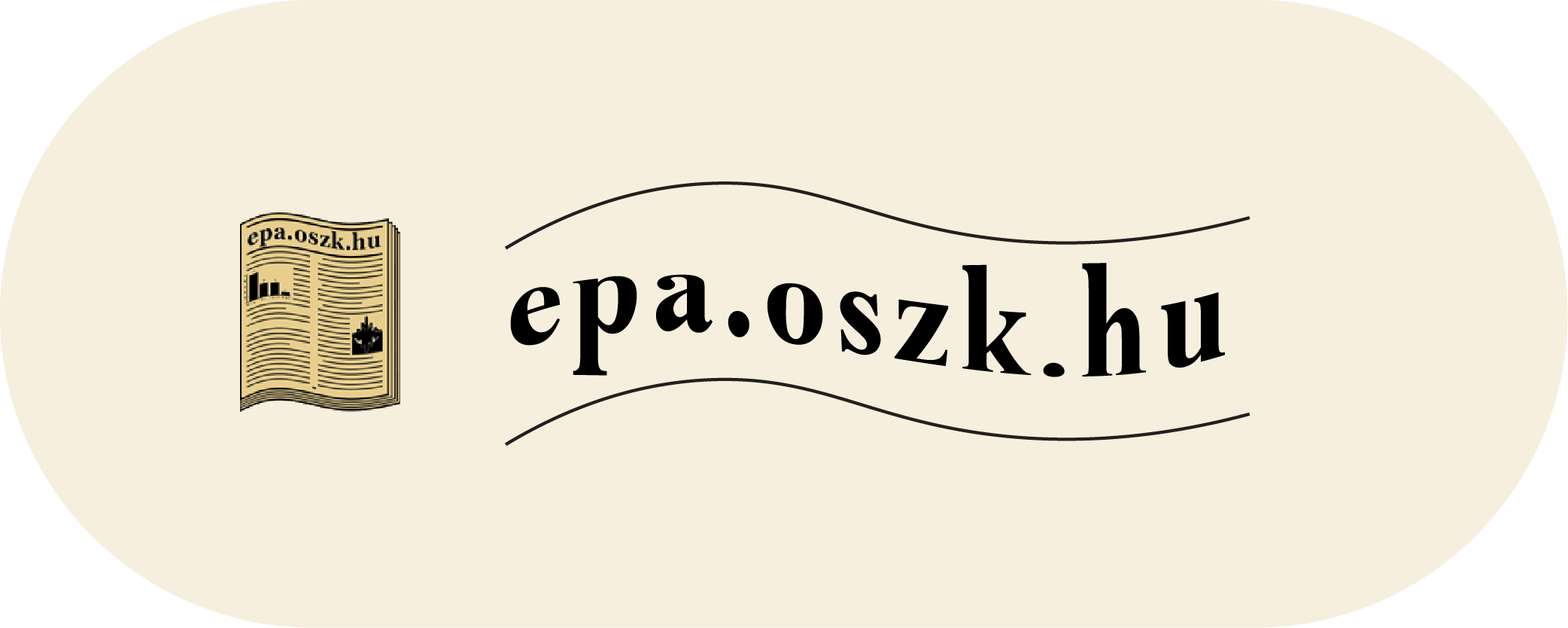Search
Search Results
-
Allyl isothiocyanate baited traps to monitor cabbage flea beetles (Phyllotretra spp., Coleoptera: Chrysomelidae)
95-99.Views:349A new trapping concept has been proposed based on a volatile compound, allyl isothyocianate, known to be attractant to some of these insects for a long time.
(l) The first question was whether this compound is effectively attractive to all flea beetle species attacking cabbage under our conditions? Field experiments were made at different localities with non-sticky baited traps early and late spring. Eleven Phyllotreta species attacking cabbages were captured at baited traps most of them were first observed at this bait. So the bait has proved to be sufficient for use for trapping purposes effectively.
- Based on these findings a second question arose whether the captured samples reflected the specific composition of natural flea beetle populations at trapping localities? To reply the question field samples were taken at four different kinds of cabbage crops and at a fallow ground in the close vicinity by a manual sampler device suitable to detect the local composition of flea beetles and trapping was made parallel with baited and unbaited traps from early spring to early autumn. No significant differences were found between the specific structures of Phyllotreta assemblages sampled with the different methods applied. This means baited traps reflected the specific composition of local Phyllotreta populations fairly well.
- Thirdly, the most effective trap design was searched for. Some sticky and non-sticky trap designs which had been developed to capture other insects were compared. The tested sticky and funnel trap designs baited with allyl isothiocyanate captured large numbers of flea beetles attacking cabbages. Results showed that non-sticky funnel traps were more effective than sticky delta traps. Accordingly, non-sticky funnel trap designs can advantageously be used and could possibly be recommended in plant protection practice to monitor flea beetles attacking cabbages as their catching capacity is considerably greater than that of the delta type and additionally captured beetles are much cleaner, more intact and consequently their identification is much easier.
-
The KLP+ ("hat") trap, a non-sticky, attractant baited trap of novel design for catching the western corn rootworm (Diabrotiea v. virgifera) and cabbage flea beetles (Phyllotreta spp.) (Coleoptera: Chrysomelidae)
57-62.Views:557In the course of research aimed at the development of non-sticky, easy-to-use alternative trap designs for the capture of selected beetle pests, a newly designed "hat" trap, codenamed CSALOMON® KLP+, was compared with conventional trap designs. In the case of the western corn rootworm (WCR) Diabrotica v. virgifera (Coleoptera, Chrysomelidae) the new KLP+ traps baited with pheromonal or floral baits were equally sensitive as the former PAL or PALs sticky "cloak" designs, but the KLP+ traps catch capacity and selectivity was much higher. When baited with the floral WCR bait, the KLP+ trap proved to be more sensitive in capturing female \VCR, than the former sticky PALs trap design.
In capturing cabbage flea beetles (Phyllotreta spp., Coleoptera, Chrysomelidae), the new KLP+ trap design baited with allyl isothiocyanate performed better than the previously used VARL+ funnel traps in all respects studied.
In conclusion, the new KLP+ trap design, baited with the respective attractants, appears to be advantageous to use for the trapping of both WCR and cabbage flea beetles, and can be recommended for use as a trapping tool in plant protection practice in the detection and monitoring of these pest Coleoptera.
-
Comparative performance of traps for the Mediterranean fruit fly Ceratitis capitata Wiedemann (Diptera: Tephritidae) baited with female-targeted or male-targeted lures
11-14.Views:389Results of trapping trials in Italy confirmed that the non-sticky CSALOMON® VARs+ funnel trap was highly efficient for the capture of Mediterranean fruit fly (Ceratitis capitata Wiedemann) (Diptera: Tephritidae), when baited with either male-targeted (trimedlure), or synthetic female-targeted (ammonium carbonate, ammonium acetate, trimethylamine, putrescine) baits. Trimedlure-baited traps caught ten times more flies (all males), than traps with synthetic female-targeted lures (which cauught predominantly females). Although less efficient, traps with the female-targeted lures had the significant advantage over trimedlure that they attracted predominantly females, so in cases when for control or experimental purposes the capture of female flies is more informative (i.e. timing of egg-laying, fertility and fecundity studies, etc.), these lures would be the best choice. The present results suggested that putrescine could be left out from female-targeted lure combinations without dramatic change in activity.
-
Preliminary data on attractiveness of phenylacetaldehyde-based lures on economically important plant bug pests (Hemiptera: Miridae)
87-94Views:625Several plant bug species (Miridae) are important pests of crops and vegetables, thus monitoring them is of essential importance for effective pest control. During the current, preliminary study synthetic plant volatile combinations were tested in field conditions in Hungary in alfalfa fields. Beside semiochemical baited traps, sweep-netting was also performed. In the experiments three plant bug species were found in higher numbers: Adelphocoris lineolatus, Lygus rugulipennis and L. pratensis. As a novel, interesting finding L. pratensis was attracted to phenylacetaldehyde baited traps. For all species, both males and females were trapped in all combinations. Sweep-netting and semiochemical baited traps showed different efficacy in case of the three species, as sweep-netting catches were highly biased for A. lineolatus, which indicates the higher efficacy of this method as compared to the tested semiochemical-baited traps. On the other hand, semiochemical baited showed better performance for L. rugulipennis and L. pratensis. For these species none of the tested combinations performed better than phenylacetaldehyde baited traps. The potential implication of results in view of monitoring are discussed.
-
Cumulative vector intensity and seed potato virus infection in Hungary
61-64.Views:183Aphids were collected by Moericke yellow pan traps placed in the potato fields. The cumulative vector intensity is an index that describes the vector abundance and their propensity to transmit PVY (3). The vector intensity was obtained as the number of known PVY vector species caught and multiplied by their relative vector efficiency value. Cumulative vector intensity for the season was calculated by accumulating species-specific vector intensity values at each trapping date. In those places where the number of PVY vectors caught by yellow pan traps were the highest (1194, 1495 and 663, 570, respectively), the cumulative vector intensity was also the highest (322 and 570, respectively). This high vector intensity resulted in high progeny tuber infection 21 and 31 %, respectively. In those years when the cumulative vector intensity did not reach the value of 10 until the end of June and the beginning of July the proportion of PVY infected progeny tubers met the requirements of the standard, it was less than 5 %. The cumulative vector intensity seems to be a reliable way to forecast virus threat to seed potato. Both seasonal variation and vector abundance is reflected in cumulative vector intensity, above all propensity of different vector species is included in the calculation. As the virus translocation from leaves to tubers takes 12-14 days. Therefore it is imperative that immediately after weekly trap catches cumulative vector intensity values are calculated, as when values reach around ten growers in seed potato growing region will have 12 days to execute killing leaves and stems of seed potatoes.
-
Chemical communication with volatile semiochemicals in Phyllotreta species (Coleoptera, Chrysomelidae): a minireview
93-100.Views:474Phyllotreta species (Coleoptera, Chrysomelidae, Halticinae) rank among the most important horticultural pests in the Northern Hemisphere. Leaf damage caused by flea beetles upsets the water balance, blocks plant growth and sometimes causes a high level of mortality of seedlings. Several species are known to act as vectors of numerous pathogens as well. Chemical communication plays an important role in the host finding, feeding and oviposition behaviour of flea beetles. In the first phase volatile mustard oils (isothiocyanates and thiocyanates) are released from the host plants through the decomposition of non-volatile glucosinolates (chemicals specific to Cruciferae) by myrosinase, and beetles are attracted to the source of release from a distance. Among the isothiocyanates, allyl isothiocyanate is the longest known and widespread compound utilized in the host-plant location of Phyllotreta species, but some species may have a stronger preference to other isothiocyanates or thiocyanates. The attractive effect of the plant volatiles is enhanced by the emission of a male-produced aggregation pheromone. The presence of such a pheromone was first demonstrated in Phyllotreta cruciferae Goeze. In this species R5R,5aS)-1,1,5,8-tetramethy1-1,2,3,4,5,6,5a-heptahydrobenzo[1,2-a][7]annulene] was found to be the main pheromone component. Significant attraction by the pheromone was recorded only in the presence of ALLYL ITCN. The biological activity of the pheromone compound was connected to the plus (+) chirality. The same component seems to be occurring also in the pheromones of several other Phyllotreta spp. as well, suggesting a wider occurence in the genus. Once attracted by the joint effect of plant volatiles and aggregation pheromone, the presence of the non-volatile glucosinolates in the plant tissues is necessary for continuous feeding. Aggregations of flea beetles on suitable host plants, which result from the joint effects of plant-derived and pheromonal chemical cues detailed above may also be good rendez-vous occasions, increasing the probability of encounters with the opposite sex and mating in the vicinity of the optimal oviposition site. Due to the horticultural importance of Phyllotreta spp., deciphering details of their chemical communication has considerable significance in the development of new methods of integrated control.

